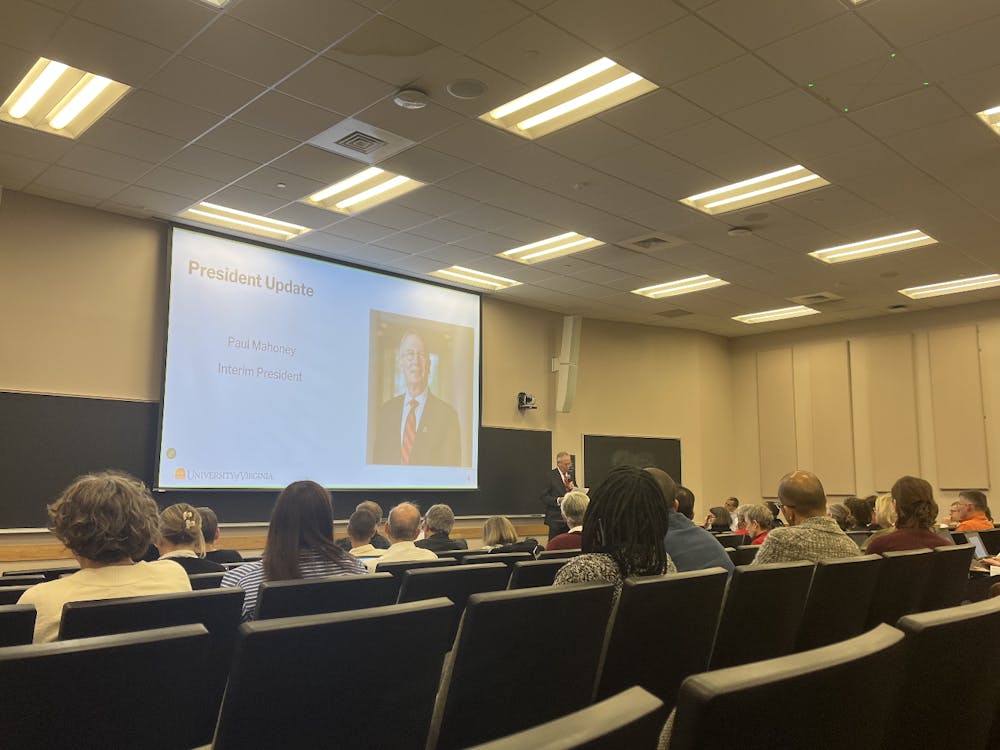Thanks to an endeavor by the Architecture School, University students have gained a new, tangible way of coping with last Tuesday's tragedies.
The Architecture School created a temporary commemorative space for the University community to attach mementos, flowers and images, located on the east fence of the University tennis courts near University Avenue.
At 5 p.m. last Friday, members of the Architecture School held a commemorative ceremony for the dedication of the wall.
At the time of the ceremony, objects on the wall included American flags, flowers, artistic creations and drawings, poetry and messages to those who perished.
Among the people contributing to the commemorative space was fourth-year Architecture student Josh Dannenberg.
"Several of us decided that we should contribute something to the wall," Dannenberg said.
For his project, he cut out a portion of a map dated before the construction of the World Trade Center in 1970, at which point it became the tallest building in the world with 110 stories. Then he drilled holes into the map where the two towers stood to symbolize their destruction last Tuesday. Through the holes he strung a rope to represent the ascension of the souls of the deceased. At the bottom right hand corner, he wrote the word "human," which he said he hopes will help people contemplate the way the tragedy has affected the human race.
"You can get a lot out of the creative aspects" of the wall, said Rich Sucre, a first-year graduate student in the Architecture School.
Coming to the wall and mourning over the loss of life is "something you feel compelled to do," Sucre said.
"It helps to see the personal side of it," said Jessi Nickels, a first-year Architecture graduate student.
Seeing other people affix momentos to the wall as a way of grieving often helps other people deal with their own feelings of loss, said Julie Bargmann, professor of architecture and landscape, who helped to organize the event.
"We [in the Architecture School] wanted to do something because we're all kind of feeling bewildered and feeling kind of helpless from this distance," Bargmann said.
"As designers, we were thinking about what we could do," to use the creative and artistic skills of architects, she said.
It was frustrating at times to think of a way to help, she added, because the contributions of designers often are not as obvious as the contributions of rescue workers or doctors who directly help save human lives.
But Bargmann said she hopes the wall will serve as a "framework" or starting point for members of the University community to mourn over the losses of the past week and to take action by contributing something to alleviate their suffering.
University and Charlottesville community members may contribute objects to the wall for the next two weeks.






